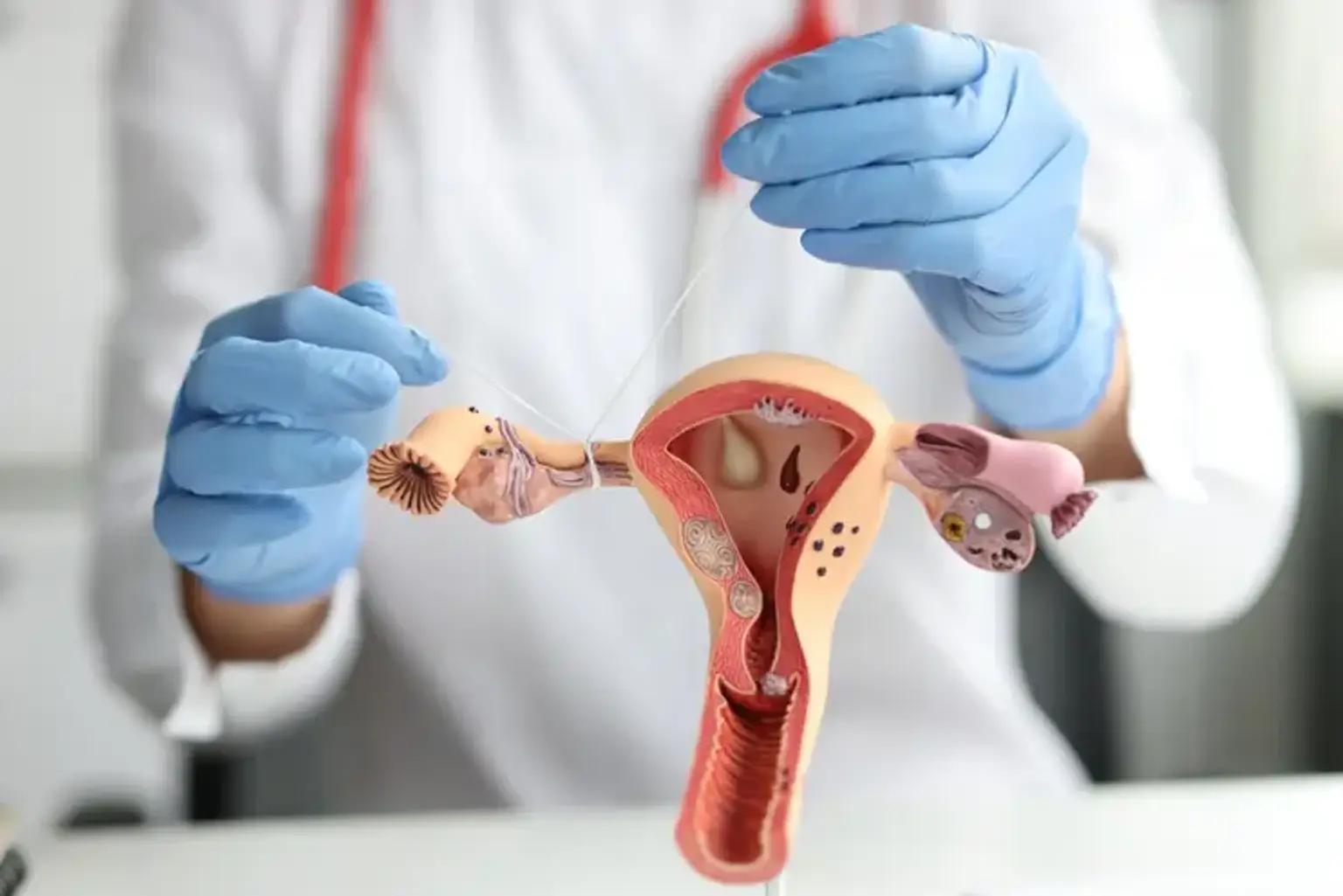Bilateral Salpingectomy
A woman can become pregnant by transferring an egg from her ovaries through the fallopian tube, which connects the uterus and ovaries. One or both fallopian tubes are removed during a salpingectomy, which sterilizes women. Without this structure, getting pregnant naturally without in vitro fertilization is practically impossible.
Salpingectomy
Usually, the fallopian tubes are removed laparoscopically, which involves making small incisions and using a camera to view the abdomen. Compared to a short laparotomy, which only requires the surgeon to make a few inches of an incision to conduct the procedure, this is less invasive. For a laparoscopic method, it is often an outpatient treatment, and if the operation is done, it will be an inpatient procedure with a brief hospital stay. Except in cases of ectopic pregnancy, this procedure is typically not an emergency.
